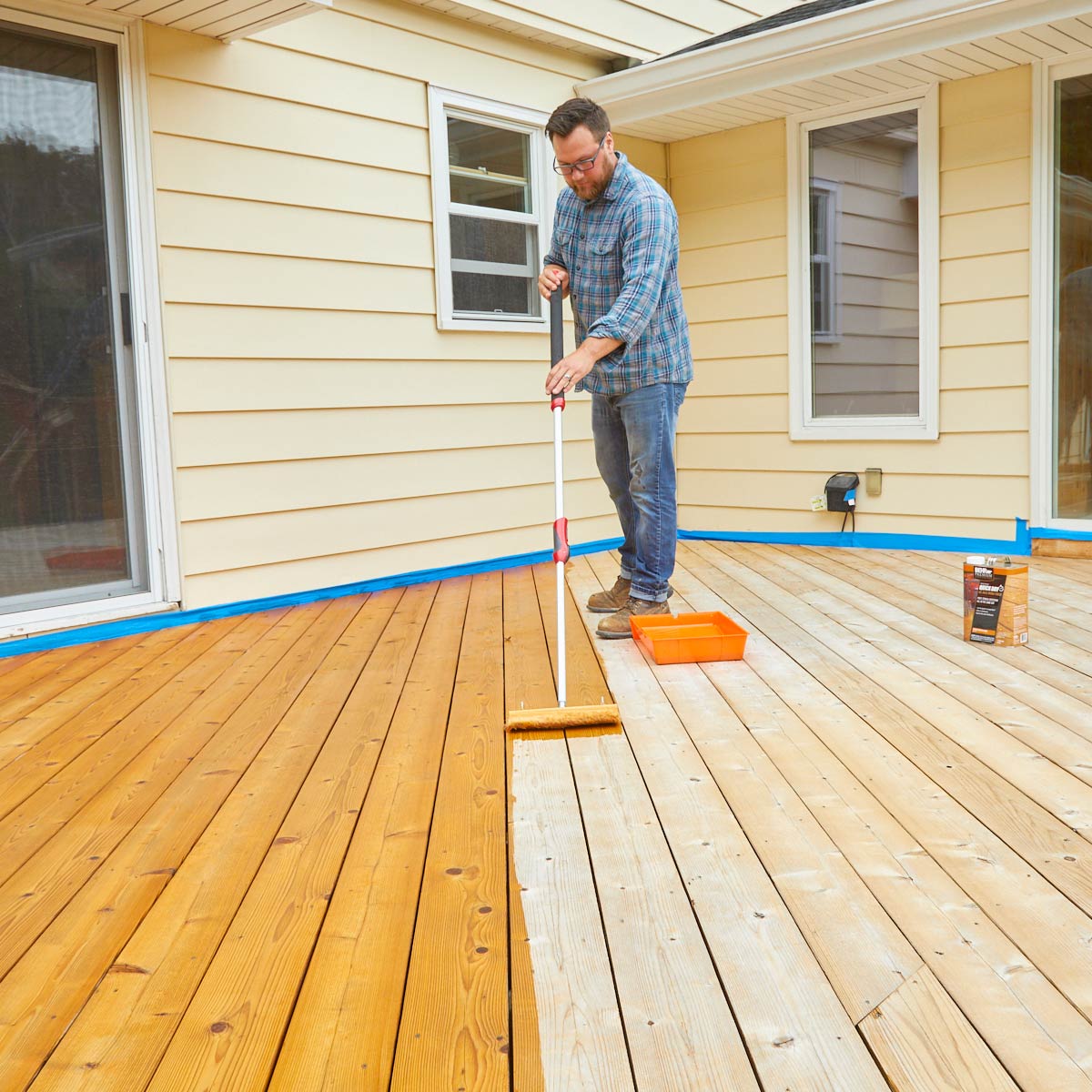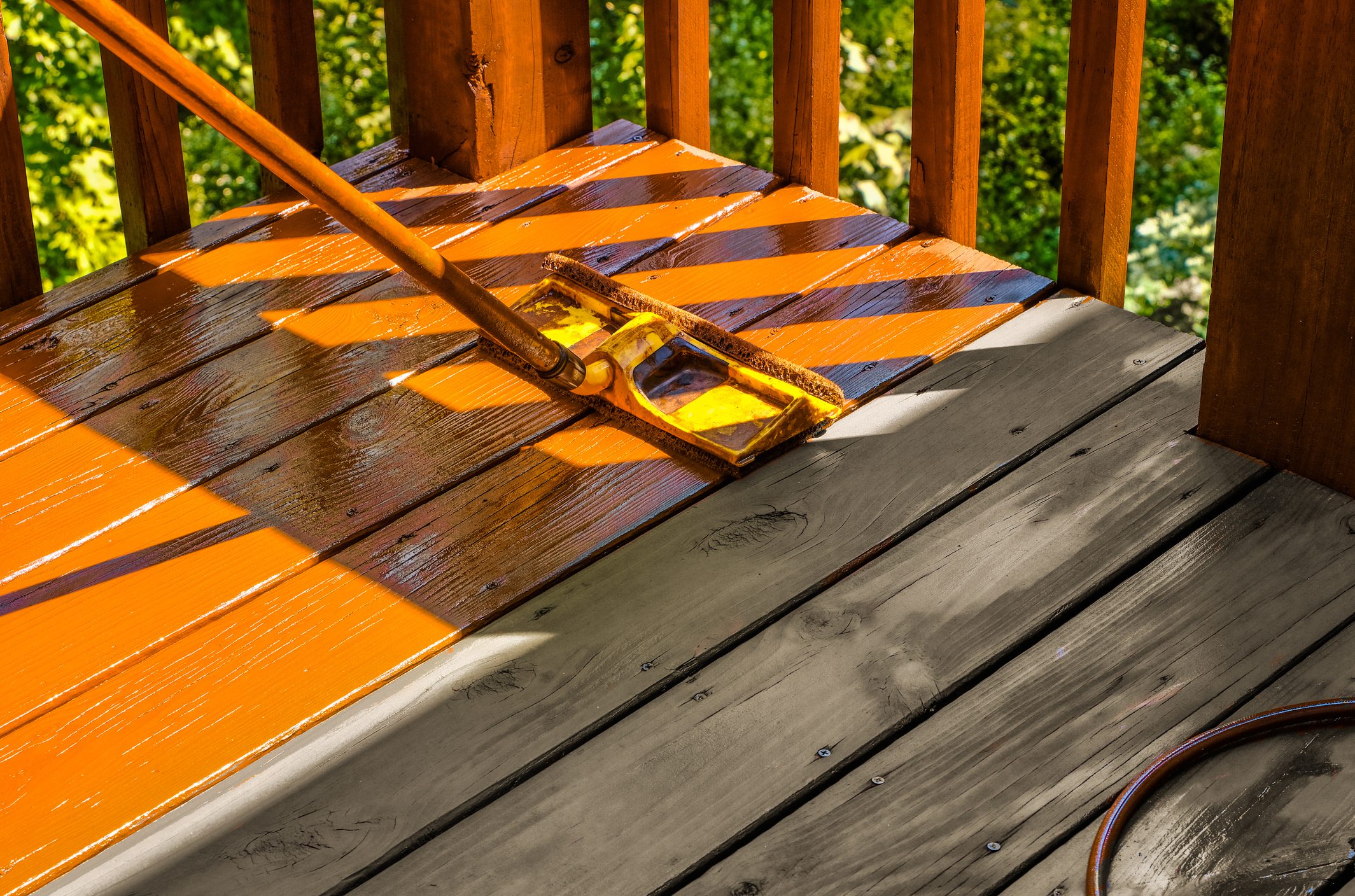Protect and Beautify: Introducing the Art of Fence Staining
Choosing the Right Discoloration for Your Fence: Tips and Factors To Consider
When it comes to enhancing the look and keeping of your fencing, selecting the right stain is crucial. We will certainly check out the various kinds of fence stains, factors to think about before picking a stain, tips for preparing your fencing for staining, and the differences between water-based and oil-based stains. In addition, we will delve right into picking the best stain color to enhance your fencing and enhance your exterior space.
Understanding Different Sorts Of Fence Stains

On the other hand, water-based discolorations are made from acrylic or latex and supply a more subtle shade to the wood. They create a protective film on the surface area of the timber, avoiding dampness from seeping in and safeguarding against UV damage. Water-based spots are easier to tidy up and have a quicker drying time contrasted to oil-based stains. They are likewise much less likely to fade or break over time.
Picking in between water-based and oil-based stains depends upon numerous aspects, consisting of individual preference, the desired appearance, and the degree of upkeep called for. Oil-based discolorations are recommended for fence high-traffic areas or those constantly revealed to severe climate condition. fence staining. Water-based stains, on the various other hand, are a preferred selection for fences in domestic areas where look and convenience of use are essential
Recognizing the differences between water-based and oil-based spots aids homeowners make an educated choice when choosing the right tarnish for their fence. Thinking about the certain needs of the fencing, such as its place, direct exposure to sunlight, and preferred aesthetic, will certainly ensure that the selected stain supplies lasting defense and improves the overall beauty of the fence.
Aspects to Consider Before Choosing a Discoloration

Various types of wood take in stains in different ways, resulting in differing levels of shade strength and durability. In addition, particular timbers may be much more susceptible to issues like rot or insect invasion, which might influence the option of tarnish to maintain the fencing and protect.
The environment and climate conditions in your location must also be considered. You might need a discolor that provides additional protection versus dampness and UV rays if you live in an area with severe wintertimes or high moisture. If your fencing is exposed to guide sunshine for lengthy periods, a stain with UV inhibitors can assist prevent fading and staining.
Lastly, it is very important to consider your desired visual. Different stains offer numerous colors and surfaces, permitting you to tailor the look of your fence (fence staining). Think about the general design and design of your residential property, along with any kind of regional guidelines or house owner association guidelines that might determine the appropriate discolor shades
Tips for Preparing Your Fence for Staining
To prepare your fencing for staining, start by extensively cleansing the surface area making use of a this content mild detergent and a pressure washing machine or scrub brush. Cleaning the fence is an essential step as it eliminates dust, crud, and any previous finishes that may hinder the discoloration procedure. Begin by moistening the fence with water and then use a light detergent making use of a scrub brush or a stress washing machine with a low-pressure setup. Scrub the surface area gently, paying additional attention to locations with stubborn spots or mold. Rinse the fencing extensively with tidy water to eliminate all traces of detergent.
After cleaning, allow the fencing to completely dry completely. deck staining. This step is crucial as discoloring a damp or wet surface can cause bad bond and an uneven surface. Depending on the climate conditions, it might take anywhere from a few hours to a couple of days for the fence to dry extensively. Make certain that the fence is totally dry before waging the staining procedure.
Prior to discoloration, check the fence for any type of problems, such as loosened boards or nails. This item aids to open up the wood pores, allowing the stain to penetrate much more efficiently and equally.

Contrasting Oil-Based and Water-Based Stains
When choosing a tarnish for your fence, it is very important to contrast the features and benefits of oil-based and water-based spots. Both sorts of discolorations have their very own benefits and considerations, so it is important to understand the differences in between them.
Oil-based discolorations are known for their sturdiness and resistance to wear and tear. In addition, oil-based discolorations often tend to last longer than water-based spots, making them a prominent choice for fences.
On the various other hand, water-based discolorations are a lot more ecologically friendly and less complicated to clean up. They may not give the same degree of security as oil-based spots, particularly in rough weather conditions.
Ultimately, the selection between oil-based and water-based stains depends on your certain needs and preferences. Consider aspects such as durability, environmental impact, and simplicity of application when making your choice. Consulting with a professional or seeking recommendations from experts can also help ensure that you select the appropriate stain for your fencing.
Picking the Right Spot Shade for Your Fence
The option of a proper discolor shade for your fencing is an important aspect of enhancing its visual appeal and matching the total layout of your outside room (deck staining companies near me). The best discolor color can transform a plain, average fencing into a striking focal factor that includes deepness and personality to your home
When choosing a stain color for your fence, it is essential to take into consideration the style and architecture of your home. If you have a traditional or typical style home, earthy tones such as browns and neutrals can develop a warm and welcoming look. On the various other hand, if you have a contemporary or modern home, you may consider selecting strong and dynamic shades that make a statement.
One more aspect to think about is the all-natural environments of your residential or commercial property. If you have a great deal of greenery, a stain color that enhances the natural landscape, such as greens or crimsons, can develop a natural and unified look.
In addition, it's worth thinking about the upkeep needed for various tarnish colors. Lighter shades have a tendency to reveal dust and put on more conveniently, while darker shades can conceal flaws and require less frequent touch-ups.
Inevitably, the selection of stain color for your fencing should mirror your personal design and choices - deck staining nashville tn. Take the time to consult and discover different choices with specialists if required, to make certain that you pick the ideal discolor color that enhances the elegance and allure of your fence
Verdict
In conclusion, when it comes to selecting the right tarnish for your fencing, it is important to comprehend the various types of discolorations offered and consider elements such as toughness and preferred look. Selecting the ideal discolor color can improve the total looks of your fence.
We will certainly check out the various types of fence discolorations, factors to think about before choosing a discolor, suggestions for preparing your fencing for staining, and the differences between water-based and oil-based spots.Separating in between water-based and oil-based stains is essential when recognizing different kinds of fence discolorations. Water-based discolorations are much easier to clean up and have a faster drying time contrasted to oil-based spots. In addition, oil-based stains often tend to last longer than water-based stains, making them a popular selection for fences.
In conclusion, when it comes to selecting the best stain for your fencing, it is crucial to comprehend the different kinds of spots offered and think about aspects such as toughness and preferred look.